










ereiferm@pratt.edu +1 (504) 344-3388 1073 Bedford Avenue. 11216 Brooklyn, New York
Online Portfolio: https://ereiferm.myportfolio.com/


Architecture student from Costa Rica studying at Pratt Institute, with a strong passion for design and a keen eye for detail. Skilled in architectural design, 3D modeling, and digital architectural representation. Strong problem-solving skills and ability to think critically. Comfortable working independently or in a team environment and able to adapt quickly to changing circumstances. Strong written and verbal communication skills in both Spanish and English.
FAMM Arquitectura, Escazú, San José, Costa Rica, Jun 2022 - Aug 2022
Summer Intern
• Developed a library of 3D assets modeled according to locally available products to be used in the firm’s renders.
• Produced large-scale site analysis documents of the firm’s areas of interest.
• Curated and formatted the firm’s portfolio.
• Post-processed renders and CAD drawings for client presentations.
Tulane School of Architecture, New Orleans, LA, Mar 2022 - May 2022
Administration Assistant
• Developed detailed CAD drawings of the architecture school’s buildings, showing classroom and workshop layouts.
• Produced an inventory of the school’s furniture and fixed equipment.
Expected Graduation Date, May 2026
Bachelor of Architecture Pratt Institute, Brooklyn, NY

• GPA 3.859
• Awarded International Merit-Based Scholarship.
Bachelor of Architecture Tulane University, New Orleans, LA
• GPA 3.877
• Dean’s List Honoree, Two Semesters.
• Transferred to Pratt Institute after the second year.
Nobember 2019
High School Diploma
International Baccalaureate Instituto Dr. Jaim Weizman, San José, Costa Rica
Spanish - Native English - Bilingual
Erick Reifer Marchak
1073 Bedford Avenue, Brooklyn, NY 11216 (504)344-3388 ereiferm@pratt.edu
• Rhinoceros 3D
• AutoCAD
• Adobe Creative Suite
• Digital rendering with Vray, Enscape, & Twin Motion
• Scale Modeling
01 SITE-LESS HOUSES 4-7 8-13 14-17
02 THE INHABITED BRIDGE 03 ECHOES
The Sectional Home project started as an opportunity to explore and study Le Corbusier’s work in order to adapt it and implement his concepts into the formal constraints of the academic assignment. This resulted in a sculptural manifestation of Le Corbusier’s 5 Points of Architecture, taking two ‘L’ shaped volumes rotated and stacked on top of each other, creating indoor spaces, false facades, roof gardens, covered outdoor spaces, and a vertical circulation axis on the void in between.

Furthermore, private and common use spaces are evenly distributed between the two main volumes of the project, creating a balanced promenade for every one of the residents, which takes them from one point to another, through a series of different atmospheres.
The house is designed for a group of five young professionals, and offers five comfortable individual bedrooms that share two full bathrooms. The three bedrooms on the first level are connected to a covered outdoor living room, while the remaining two bedrooms on the second level are adjacent to the dining area and a courtyard space enclosed by the false façade.
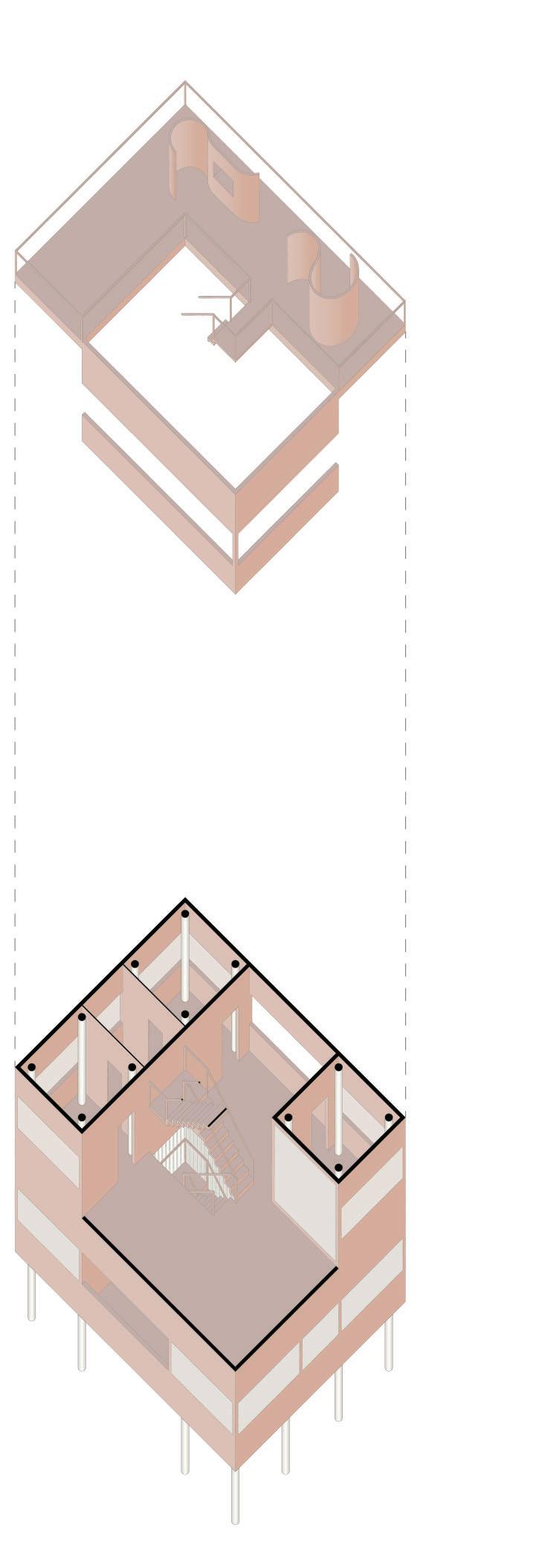
This site-less housing exploration, designed as a home for a defined group of five college students of similar ages, is divided into five vertical levels connected through a continuous stair on the north side. One of the main focuses of the design is to maximize square footage and the spatial experience for the clients, so the home is shaped like a compact tower with a footprint of only 240 sqf, and an expressive façade with protruding windows. These overhangs, which extend up to 2’ from the structural wall, either contain important elements of the program –such as beds, sitting space for dining, bathroom fixtures, etc.– or create special moments out of mundane activities by framing them into unique views and lighting conditions.
The bottom levels are the two bedrooms, the lowest one for the two women, and the second one for the three male students. This organization allows the women’s bedroom to have a slightly higher degree of privacy and a more spacious shared bathroom. The third level hosts a common studio space with a fixed desk organization around the perimeter, and a wide flexible space in between. This level also contains the entrance to the building. The next floor works as a dining and kitchen area, and the last one is a half open-air social area.
FLOOR PLAN: LEVEL 1
FLOOR PLAN: LEVEL 0
FLOOR PLAN: LEVEL -1
FLOOR PLAN: LEVEL -2
The Meta-house design proposes densifying a residential block in the city of New Orleans, envisioning an urban redevelopment impulsed by the closure of the nearby port and preventing future gentrification by empowering current landowners in the area. The design triplicates the number of homes on the block and offers shared amenities for the residents. At the same time, the proposal gives back land to the city by creating an urban plaza on the ground level and a multi-use elevated street on the second level.
The building’s increasing volume towards Tchoupitoulas St. establishes a threshold between the domestic scale in the Tchoupitoulas area and the smaller domestic scale toward Annunciation Street. The building also creates an experiential transition between the urban plaza and a small forest encompassed by the building’s morphology.
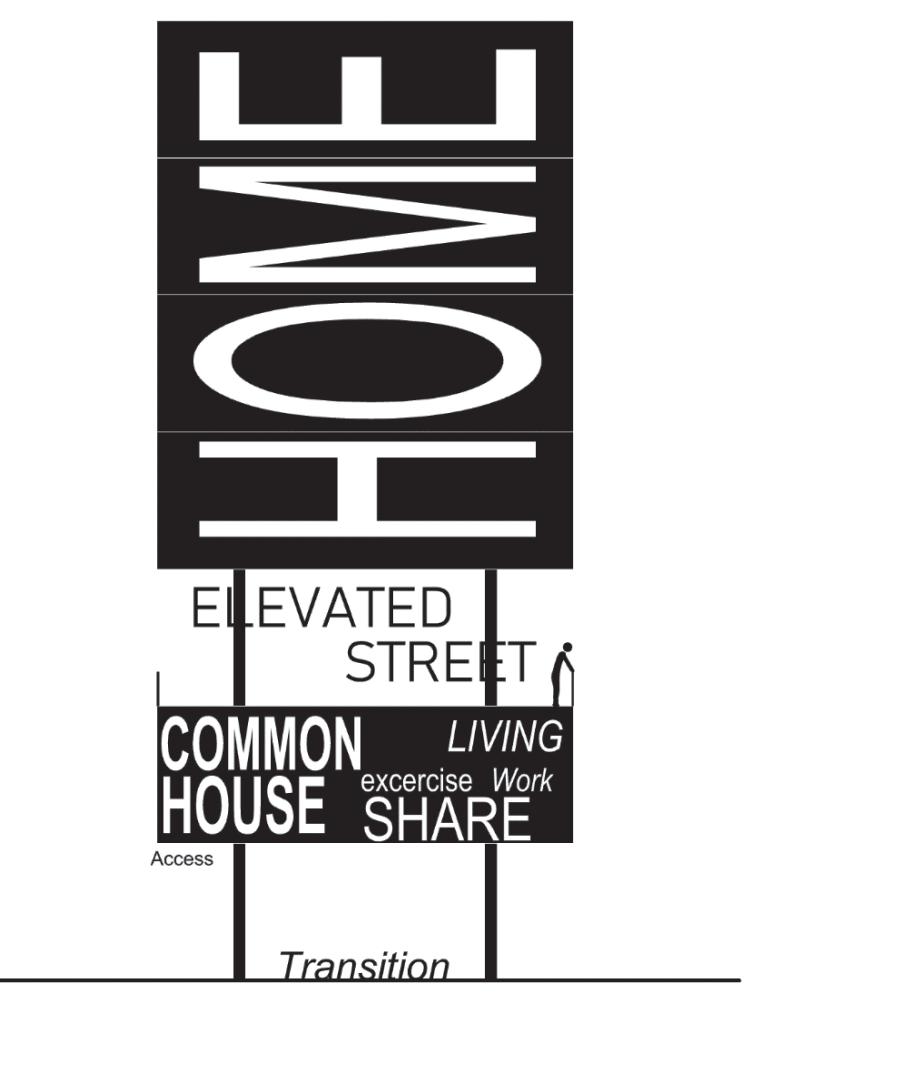
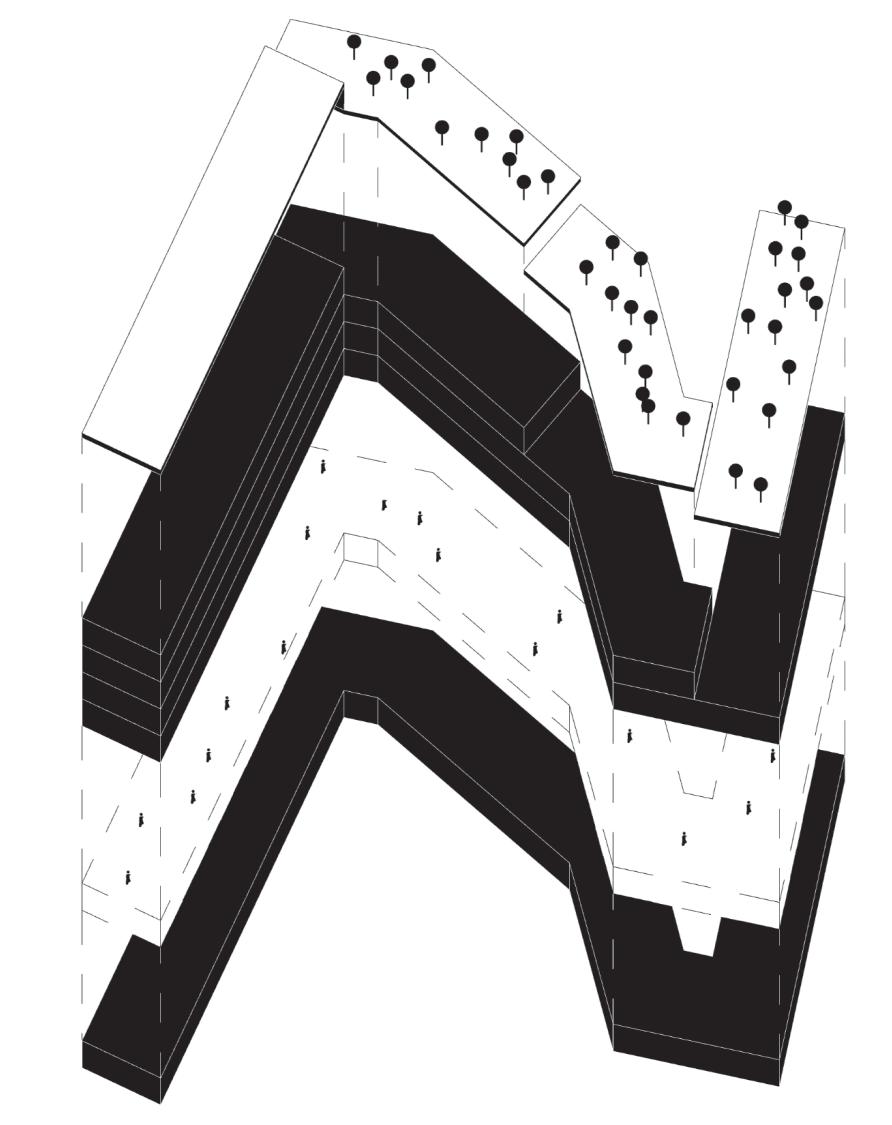
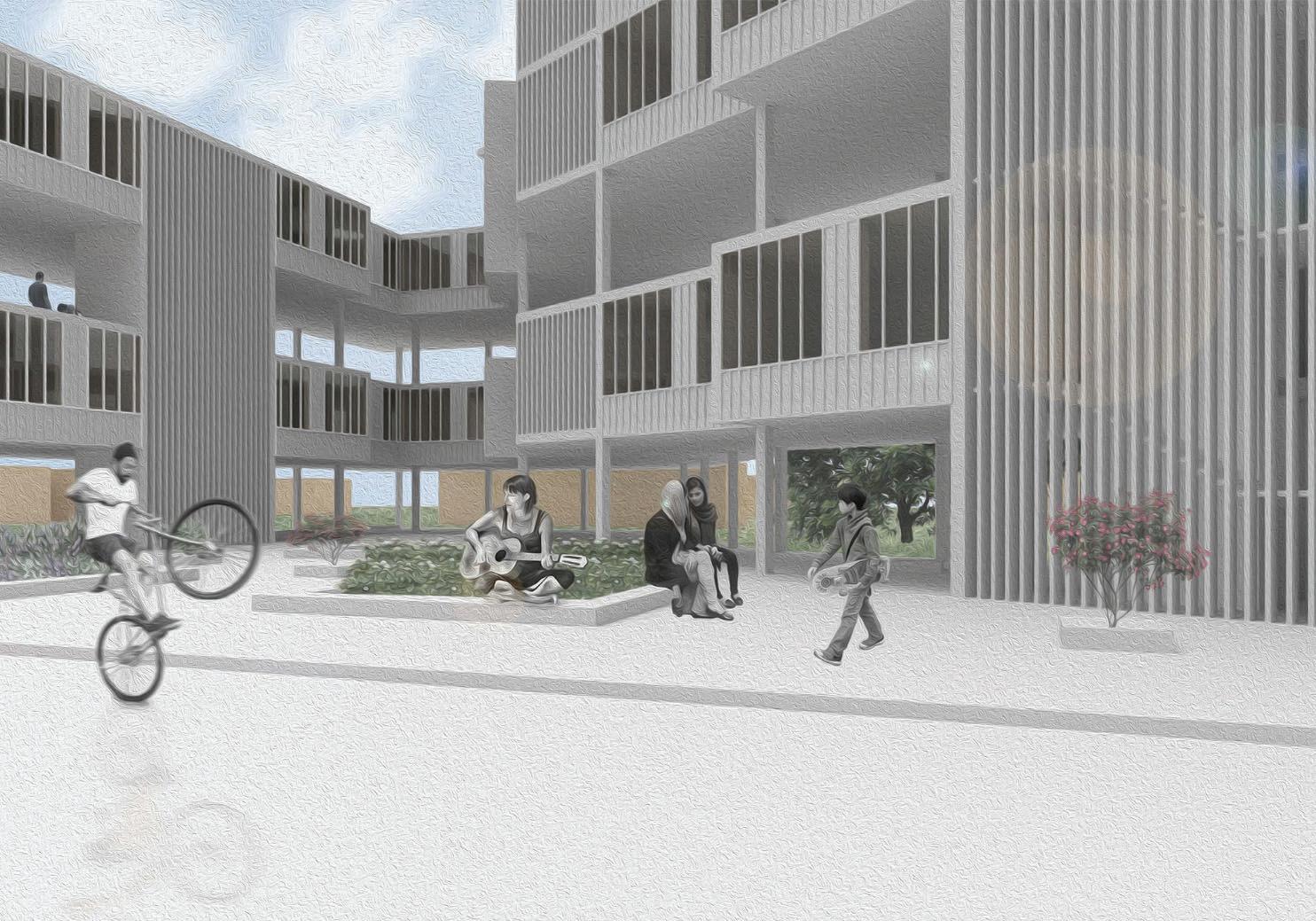



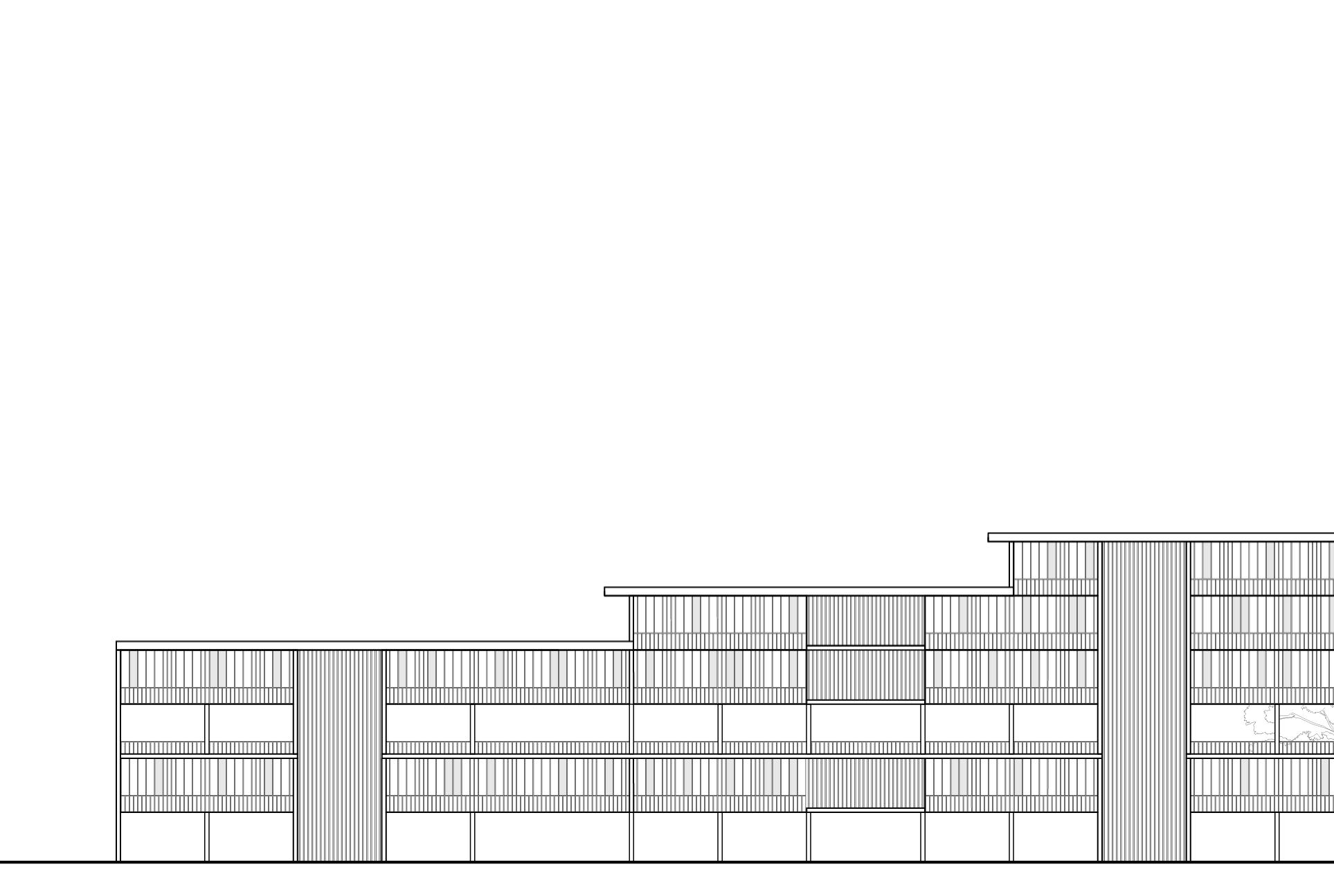

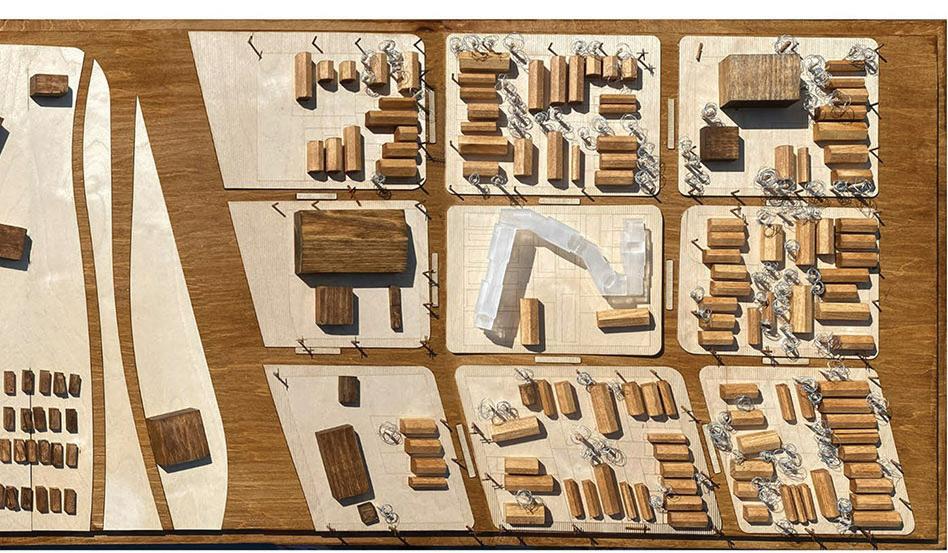

The addition provides the Robert Mosses era pool and supporting buildings with a year-round facility containing different indoor bathing options, and a community program. The selected community program is a cafe that doubles as a space for community events. The massing is arranged in an orthogonal pattern, echoing the geometry of the existing structures. This helps to create a sense of cohesion between old and new, while also providing some much-needed contemporary all-year-round amenities.





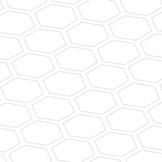
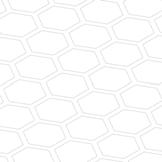
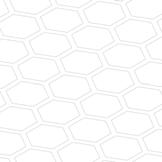
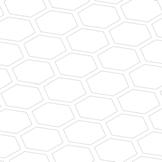
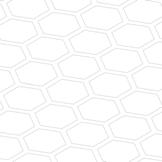


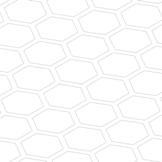

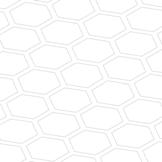
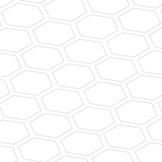
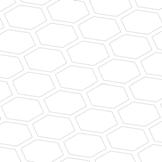
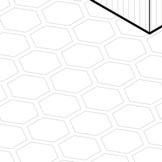





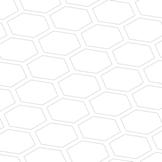
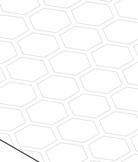
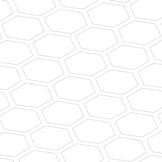

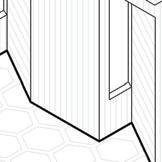
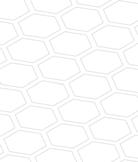
The four proposed volumes are interconnected with a sequence of ramps that also connect the new e trance on the North-West facade to the Astoria Pool and vice versa, integrating the water treatment building as a fifth volume.




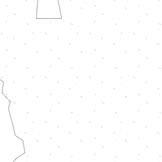


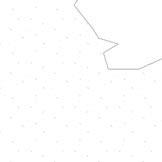
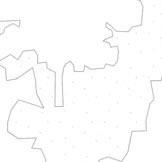






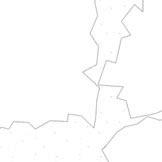
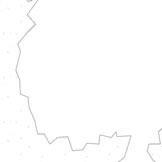
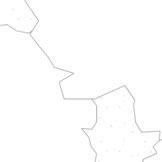
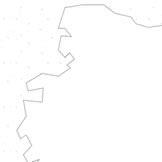
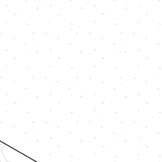
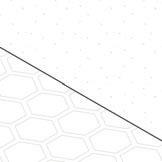

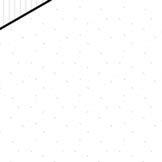
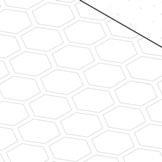
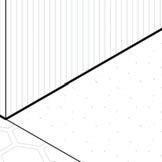
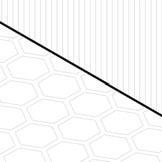

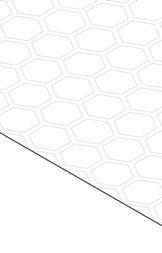
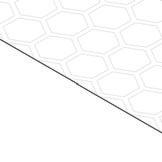


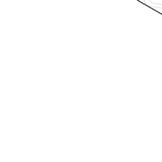

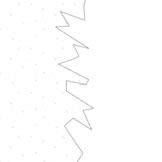

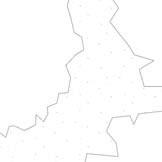

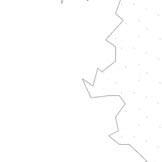




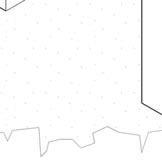
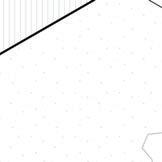

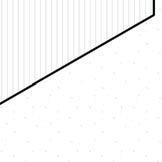

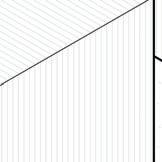
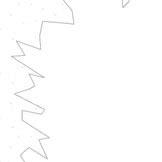



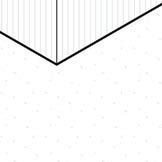




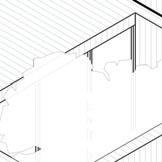
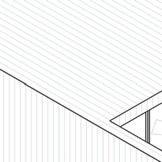
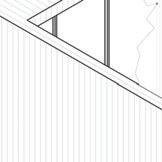

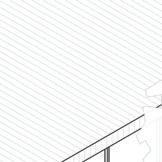
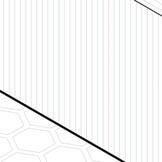
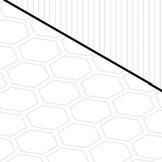
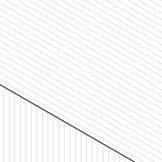

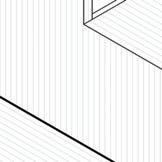

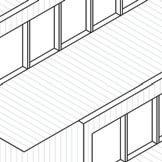
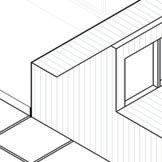


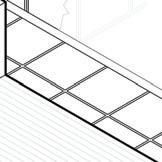
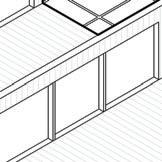



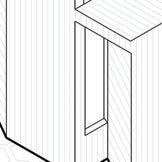
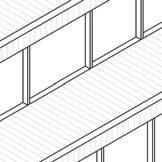
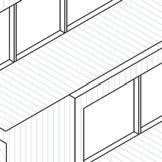
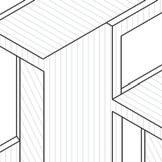

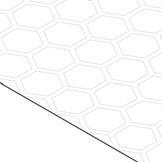
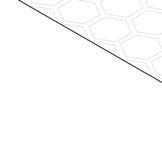



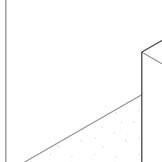
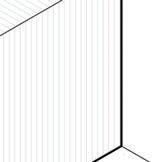
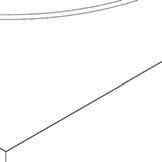
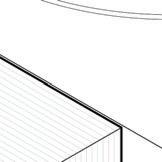

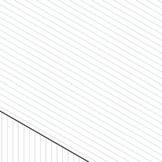
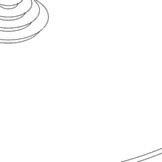
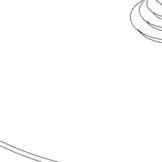


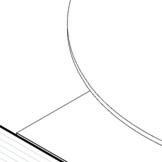

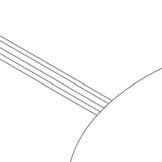

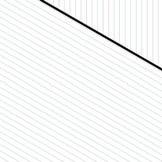

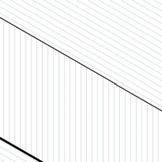

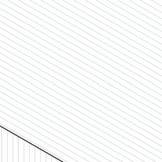
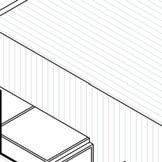

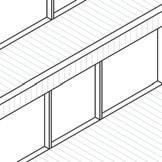
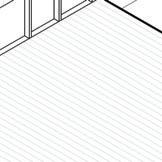
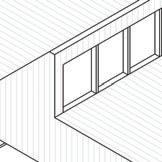
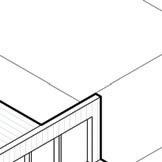

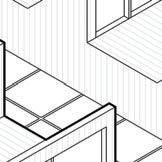


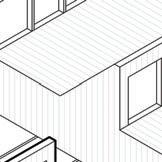



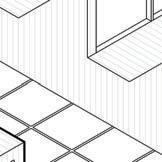
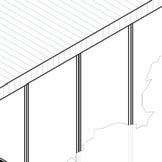


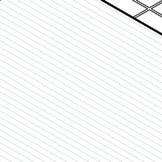

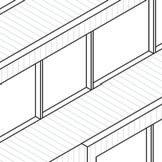
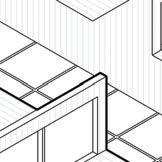

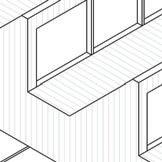
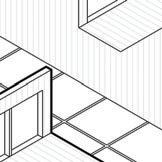
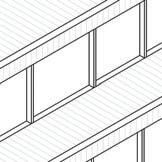

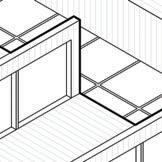


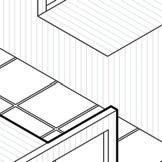
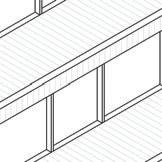
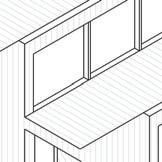



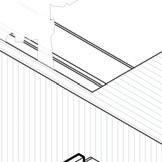

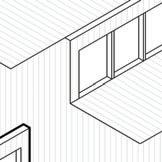
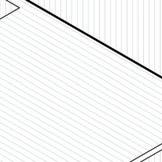
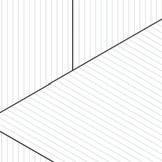
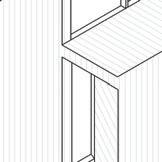
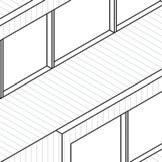
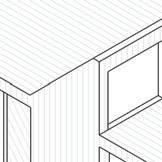
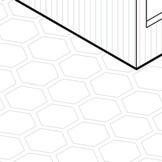


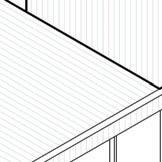
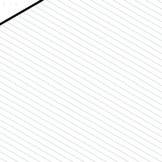

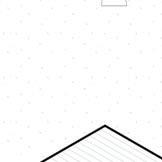

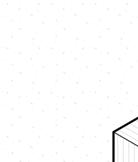

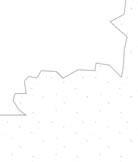
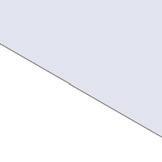



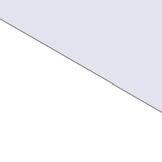


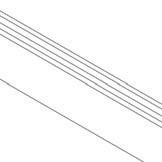







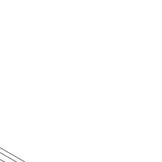



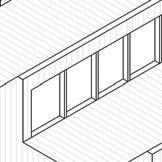


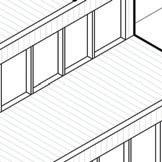

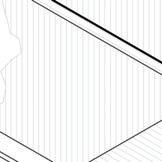


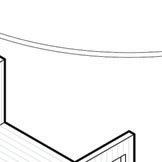

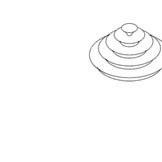
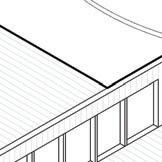



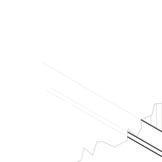
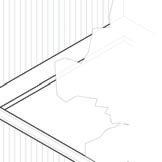
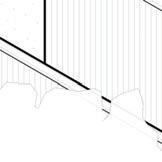
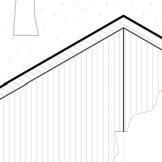

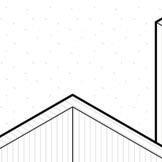
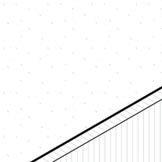
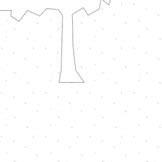
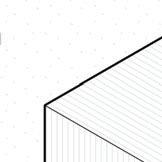
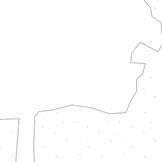

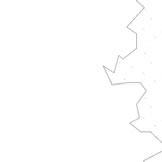



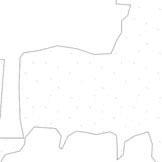
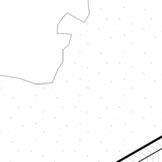
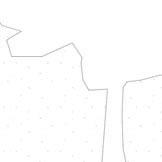



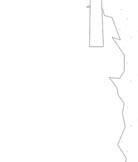
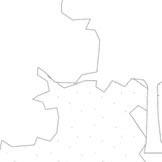
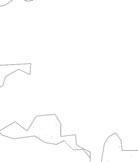
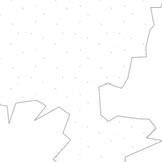
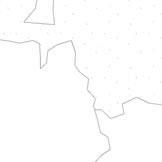
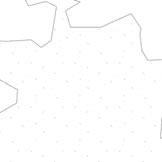

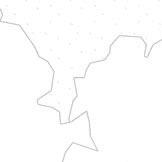
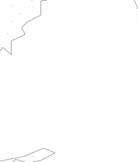
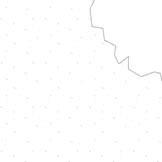


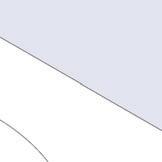
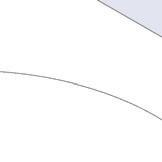
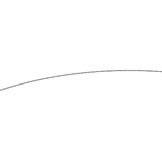

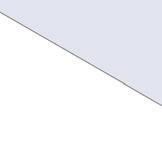





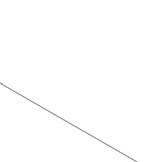
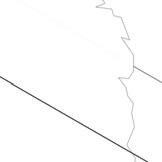


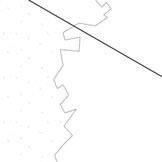
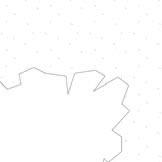
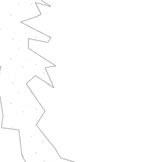
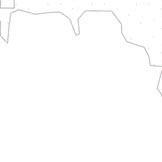


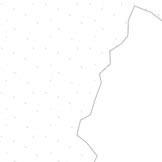
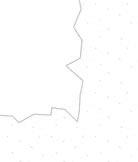
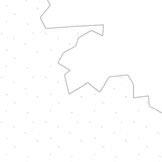
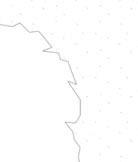
The four bars appear as monolithic masses while the connecting circulation ramps, covered almost e tirely in glazing, provide a counterpoint to the interiority felt in the volumes they unite. Walking in through the NW entrance, visitors face an enclosed perimeter with sporadic gardens and light rhythmically falling from the roof. As they move on through dematerialized circulation spaces, they are faced with the chan ing rooms, and then, in the following two volumes with the large recreational pool, a series of saunas, thermal pools, lap pool, and an accessible courtyard with seating space – all drenched in rhythmic light falling from the skylights.
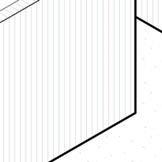
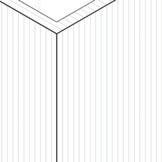
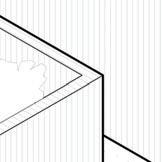


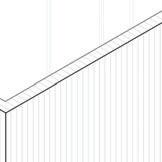
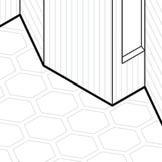
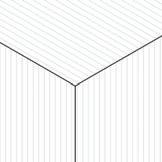
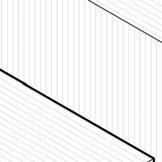

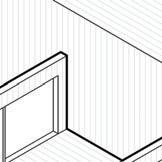








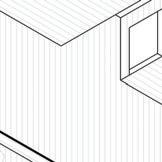














Each part of the program is treated with a different interior design logic, creating different experiences on each part of the building. The cafe, as I said before, is thought to be capable of hosting community events, so the flexible furniture allows the cafeteria to offer different settings for users, and to be rearranged to the specificity of an event. The pools and saunas break the orthogonality when possible, letting programs define the space.
The building opens itself up to the exterior in three different ways. The sawtooth roofs provide skylights that generate dynamic light and shadow conditions throughout the day and the seasons, while the cour yards adjacent to the programs allow indirect light and visual connections between the bars. The third strategy can be seen in the community program space, and it allows indirect light, while framing views for the seating areas.

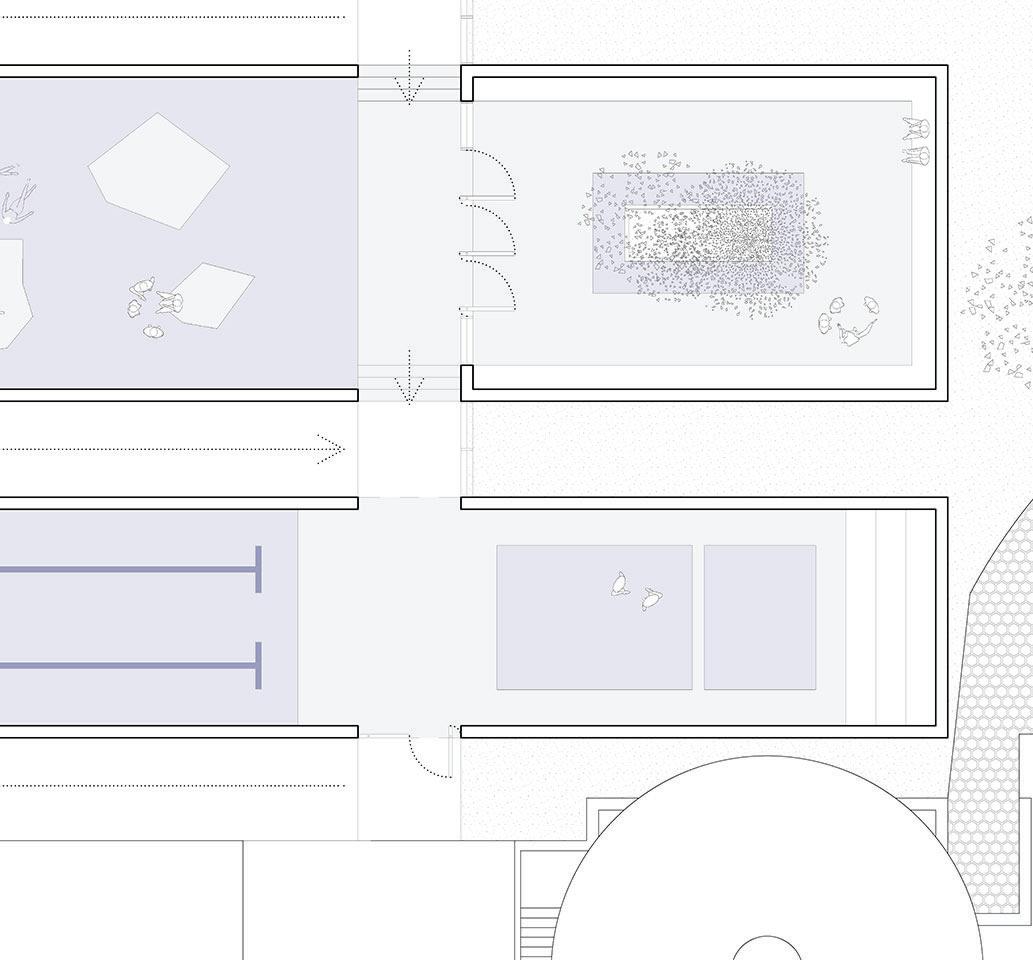
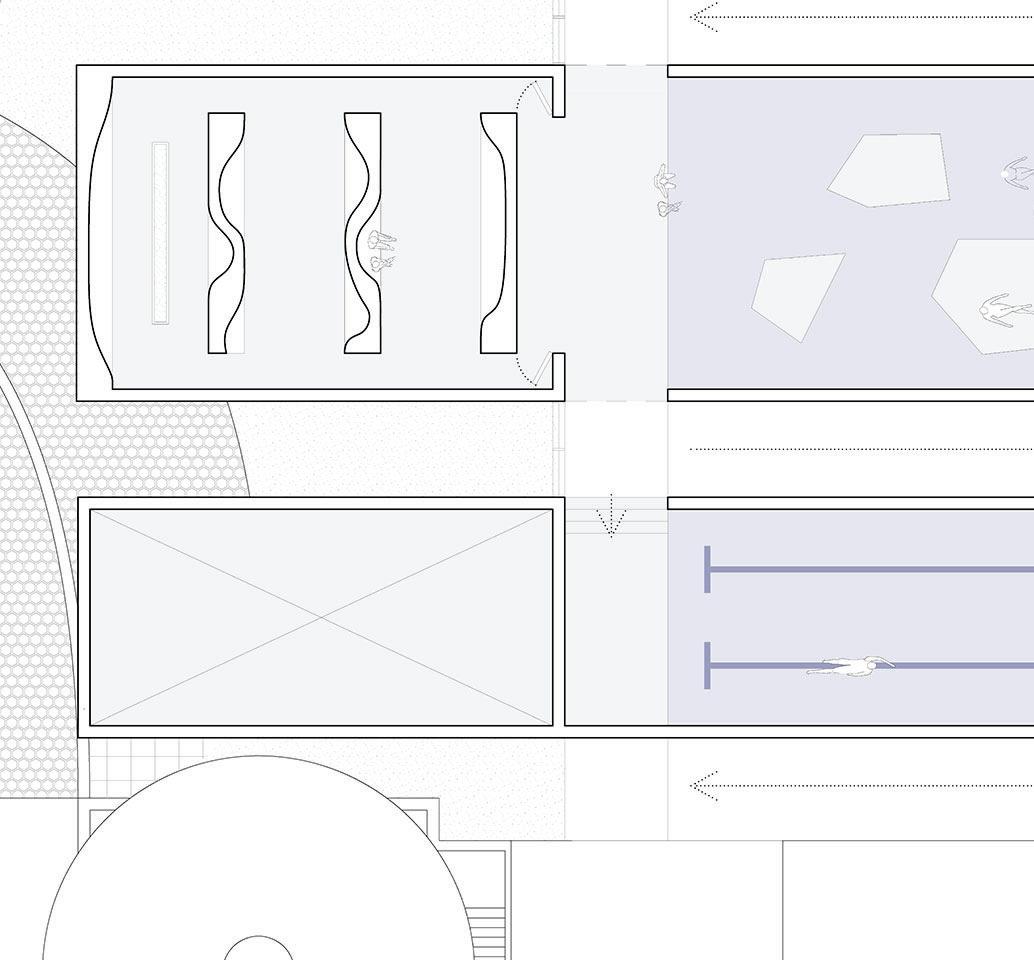

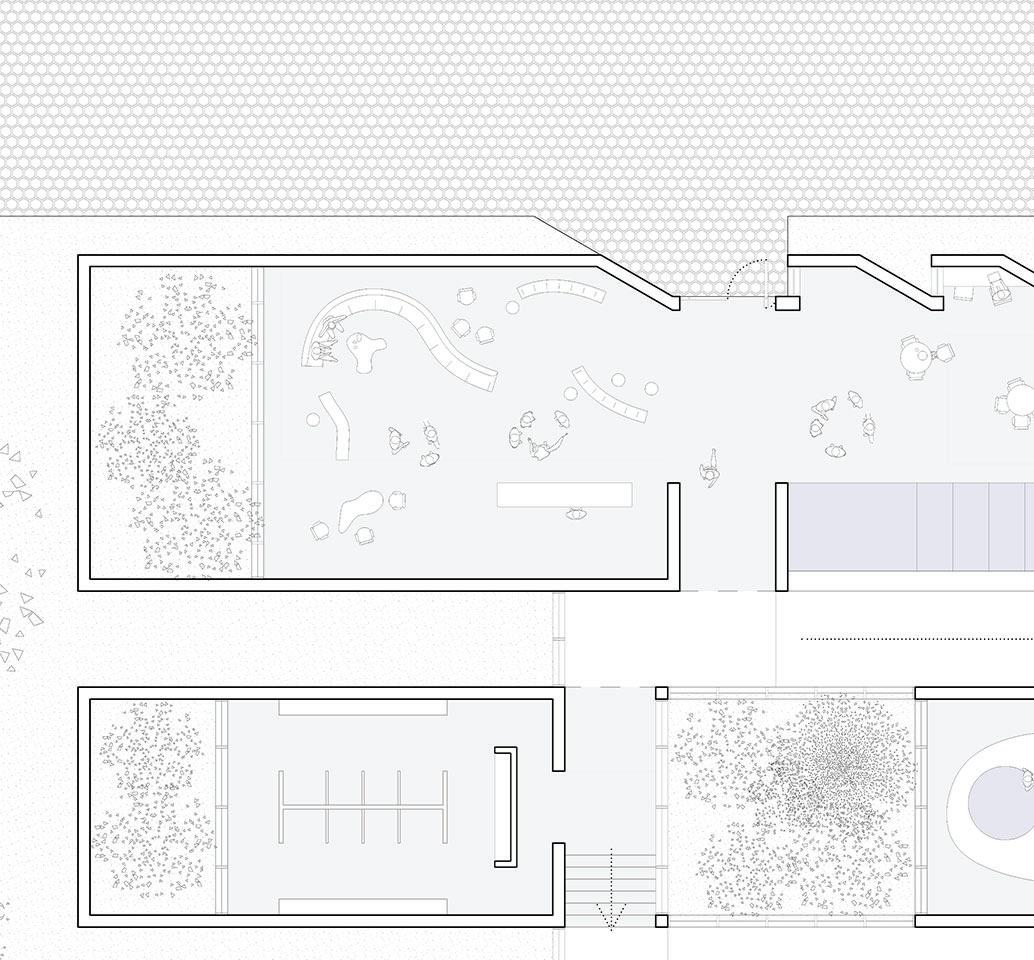
SECTION PERSPECTIVE: A
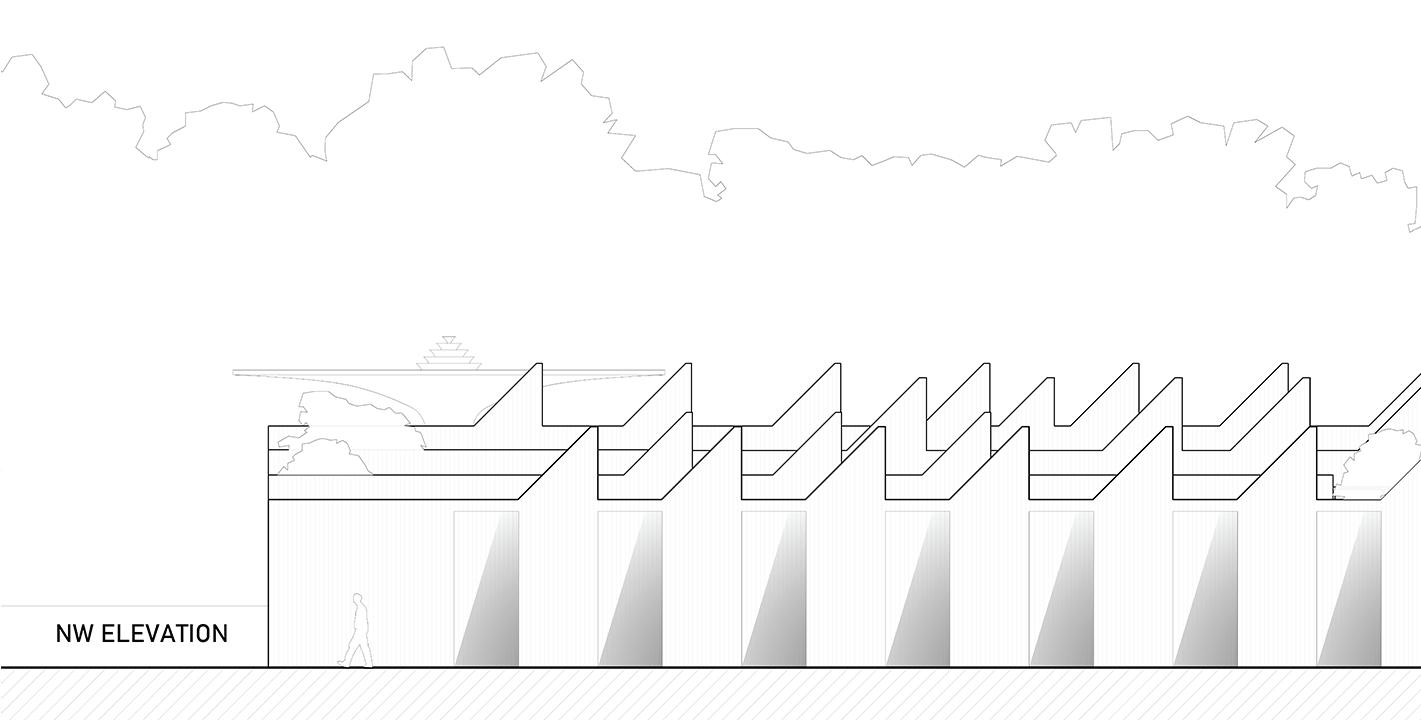
ELEVATION: NW
SECTION PERSPECTIVE: B
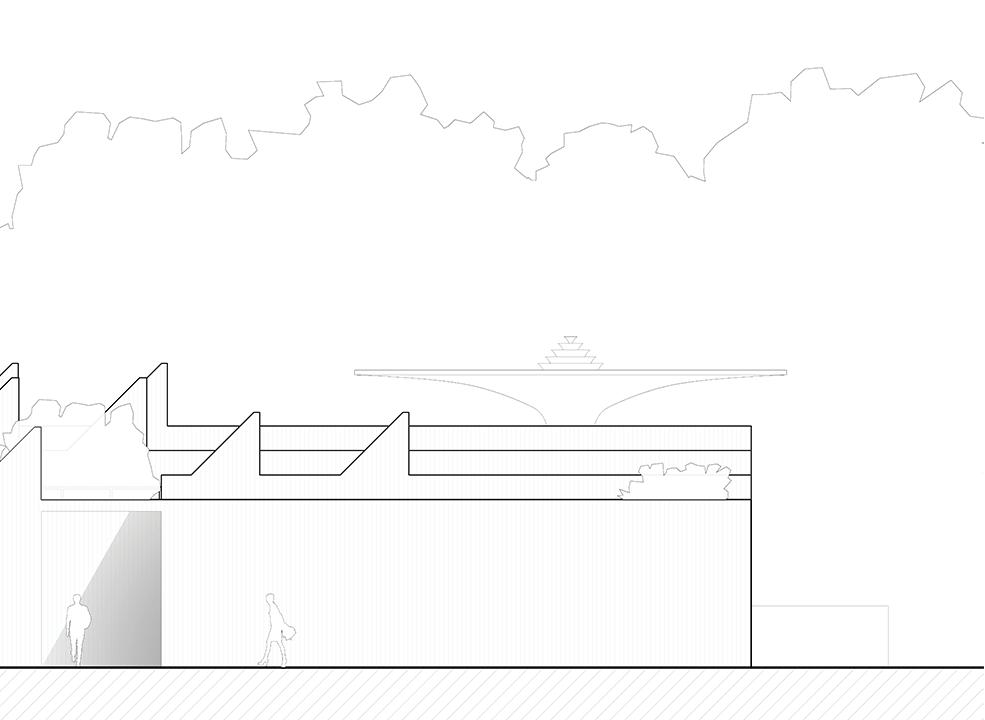

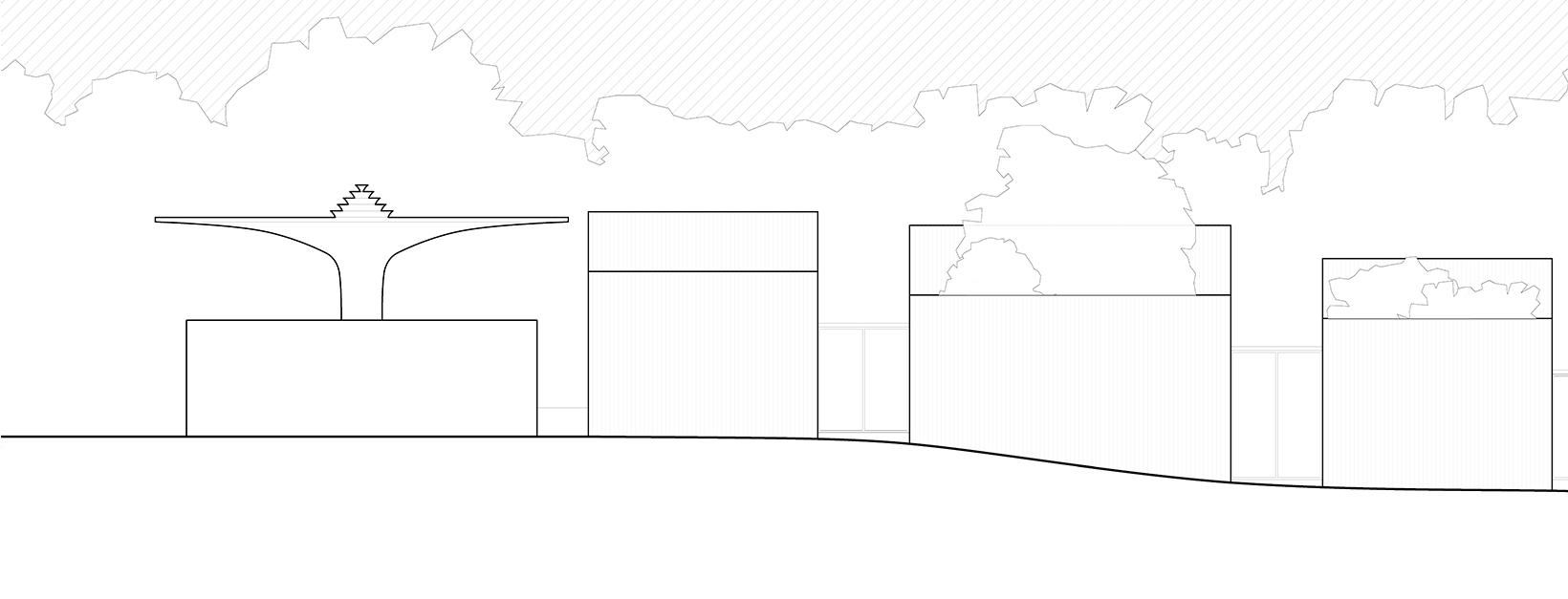



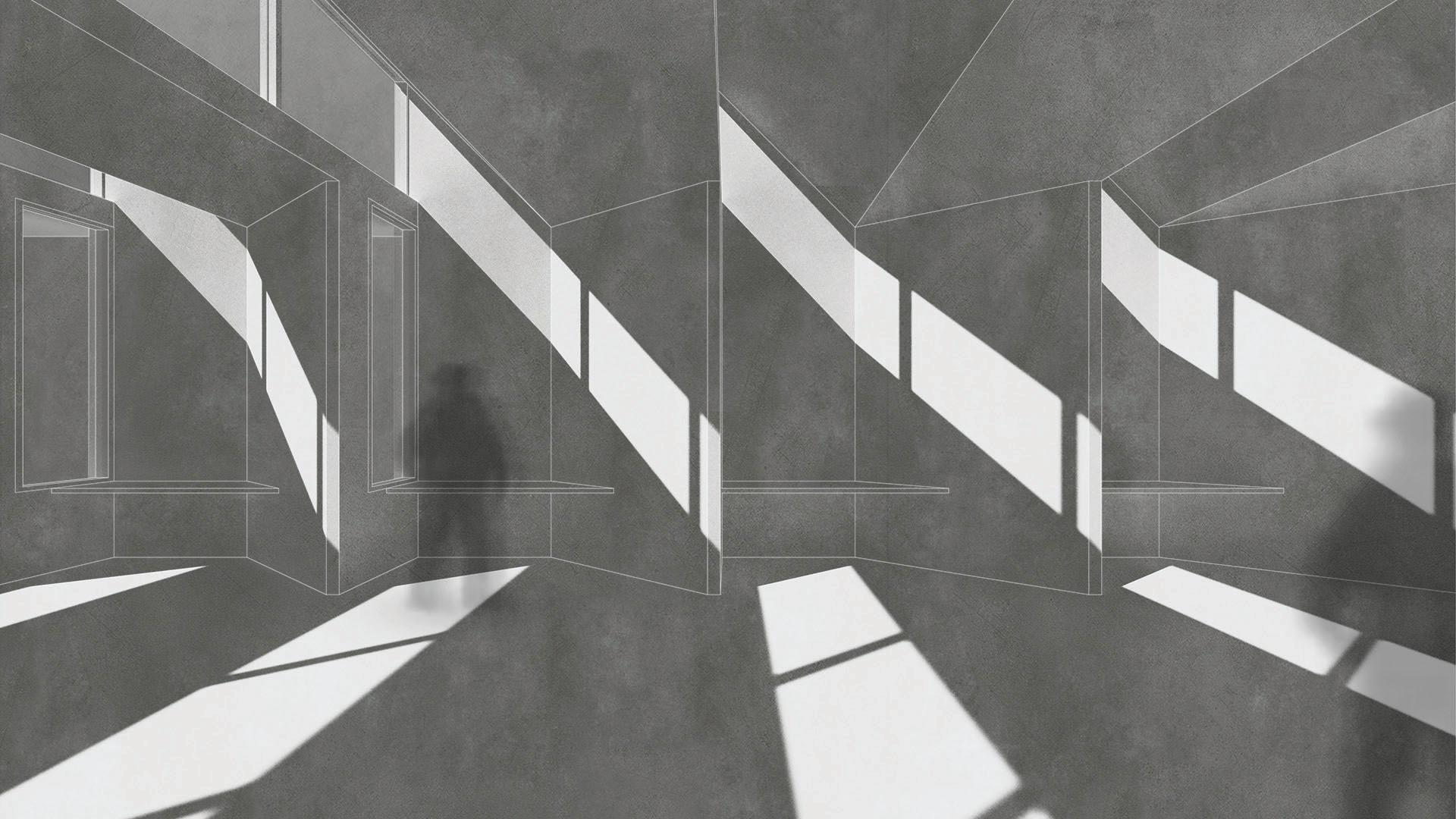
ereiferm@pratt.edu +1 (504) 344-3388 1073 Bedford Avenue. 11216 Brooklyn, New York
Online Portfolio: https://ereiferm.myportfolio.com/